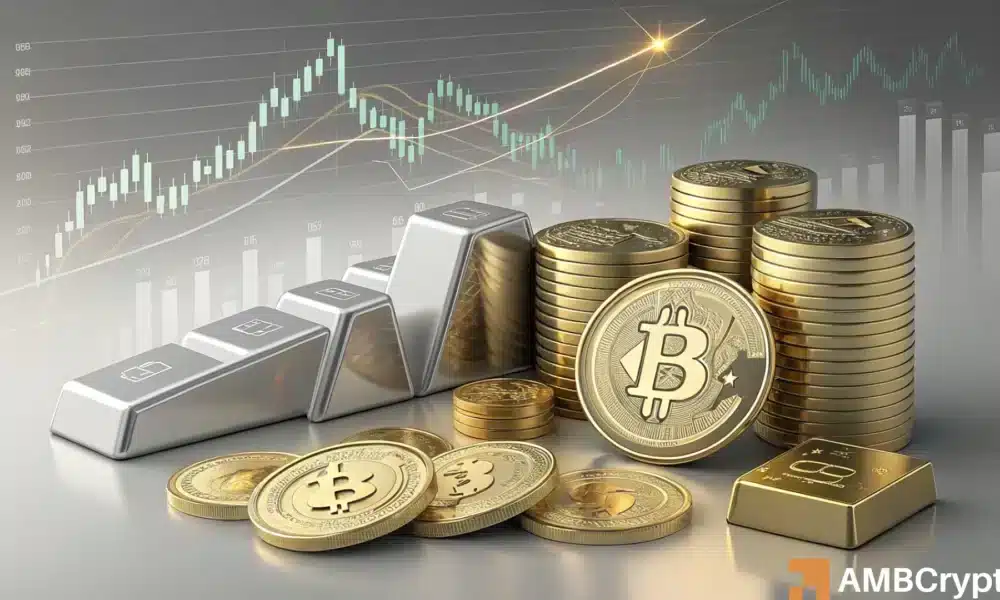Understanding the Current Asset Market Boom Amid a Weakening U.S. Dollar
The Rising Tide of Asset Classes
Recent market trends have displayed an unusual phenomenon—virtually all asset classes, from stocks and gold to Bitcoin and silver, are experiencing significant price appreciation simultaneously. This collective rise can largely be attributed to the weakening of the U.S. dollar, which is currently seeing its lowest value in decades. Investors are increasingly pursuing both growth opportunities and safe-haven assets as they navigate this economic landscape. This shift is indicative of an “asset-first” economy, where the ownership of assets becomes a primary focus, surpassing the emphasis on traditional income generation.
Key Insights into Market Performance
The last six months have shown remarkable performance across global markets. The S&P 500 has surged nearly 40%, adding a staggering $16 trillion in market value. Additionally, the Nasdaq 100 has enjoyed a continuous six-month streak of gains, a rare occurrence that has only happened six times since 1986. A significant driving force behind this rally is the so-called "Magnificent 7," a group of tech giants investing more than $100 billion quarterly into AI-driven initiatives. This momentum raises questions about how long this market can continue its upward trajectory before a potential correction occurs.
The Dollar’s Decline and Federal Reserve’s Dilemma
The U.S. dollar has depreciated by over 10% year-to-date, marking its most significant drop since 1973. Strangely, this decline takes place in the context of 4% annualized inflation and a 2.9% Core Personal Consumption Expenditures (PCE) index. The Federal Reserve’s unexpected decision to cut interest rates has left many investors puzzled. Traditionally, rate cuts signal economic weakness, yet they are occurring alongside persistent inflation, leading to a sentiment that the Fed may be losing control over long-term yields. The growing market skepticism toward conventional monetary policy has resulted in decreased confidence in the dollar and propelling asset prices higher.
The Emergence of an “Asset-First” Economy
With inflation hedges and optimism around AI working in tandem, we are entering a transformative phase in the investment landscape. Investors are gravitating towards any assets that can hold value or generate growth, including equities, gold, and cryptocurrencies. This environment is shaping what it means to invest or save; markets are pricing in a future characterized by structural inflation and persistently low real yields. Such a scenario shifts the focus from traditional earnings to asset ownership as a pathway to wealth accumulation.
Evolving Wealth Disparities
While asset prices soar, an alarming trend emerges regarding wealth distribution. The bottom 50% of Americans now hold only 2.5% of total wealth, while those who own assets are experiencing exponential gains. This widening inequality underscores a significant transformation in economic structures. In this "asset-first" economy, wealth generation increasingly hinges on asset ownership rather than earned income, further entrenching disparities in wealth accumulation.
Conclusion: A New Paradigm in Investing
As we continue to observe these remarkable rises in asset prices amid a declining dollar, it becomes evident that investors are adapting to a new economic landscape marked by inflation and low real yields. The focus on asset ownership as a primary wealth-building strategy signifies a shift away from traditional economic norms. The ongoing market rally raises questions about sustainability and future corrections, but it also underscores the growing complexity of today’s investment climate. As individuals seek to navigate this evolving landscape, understanding these dynamics will be crucial for making sound financial decisions moving forward.


